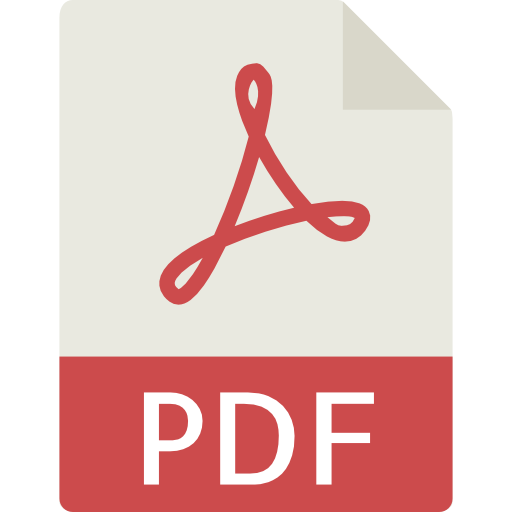Authored by a team from WCS, this report reviews new methods to assess tradeoffs in conservation planning. Conservation planning methods have been developing rapidly over the past 20 years to address the realities of a world with ever competing land uses. These methods allow us to carefully plan resource allocation, explore trade-offs between different interest groups (stakeholders), and promote thoughtful and informed land-use decisions. They also provide a framework to ensure our conservation objectives are achieved, while minimizing the cost to other stakeholders.
This report summarizes how a conservation planning decision support tool such as Marxan, can be used to examine trade-offs in land use (including biodiversity conservation, tourism in parks and forest reserves, small scale agriculture, large scale agriculture, carbon sequestration, timber extraction and oil mining) in the Murchison-Semliki Landscape of Uganda aiming to minimize conflicts as well as identifying options for offsets for residual industrial impacts. It results from a workshop held in Kampala in late August 2012 that demonstrated the Marxan tool, and solicited input from attendees on conservation objectives for the landscape, and relative importance of minimizing the opportunity cost to other stakeholders/land-uses in the region. We used this information to develop six scenarios to demonstrate how the Marxan could be used to identify priority areas for conservation in the landscape. These help identify which areas of the landscape are non-negotiable and which areas are potentially up for discussion and could potentially be switched with another area if it minimizes conflict between the land use options.
This preliminary analysis does not include all the data or input from all the stakeholders that would be needed for a complete landscape-scale analysis. However, the preliminary results indicate that areas where exploration for oil is currently taking place are critical for the achievement for conservation objectives. The overlap between areas of high conservation importance, and oil exploration, highlights the need for careful planning of extractive activities to ensure the long term conservation of species important for the tourism industry such as Rothschild giraffe (an endangered species) and the lion (vulnerable species).
The framework presented here provides an objective and transparent way of analyzing and documenting how decisions are made. It also outlines how an inclusive decision making process can incorporate of the interests of multiple stakeholders, and provide feedback on how preferences for one stakeholder group will impact the interests of others. This transparent planning process minimizes subjectivity, and the use of a spatial optimization tool avoids inefficient outcomes. We aim for this report to provide an example of how systematic conservation planning can be used to address difficult decisions, and would encourage the Strategic Environment Assessment for Oil to seriously consider using similar methods to balance the demand for extractive resources with conservation in this landscape.

